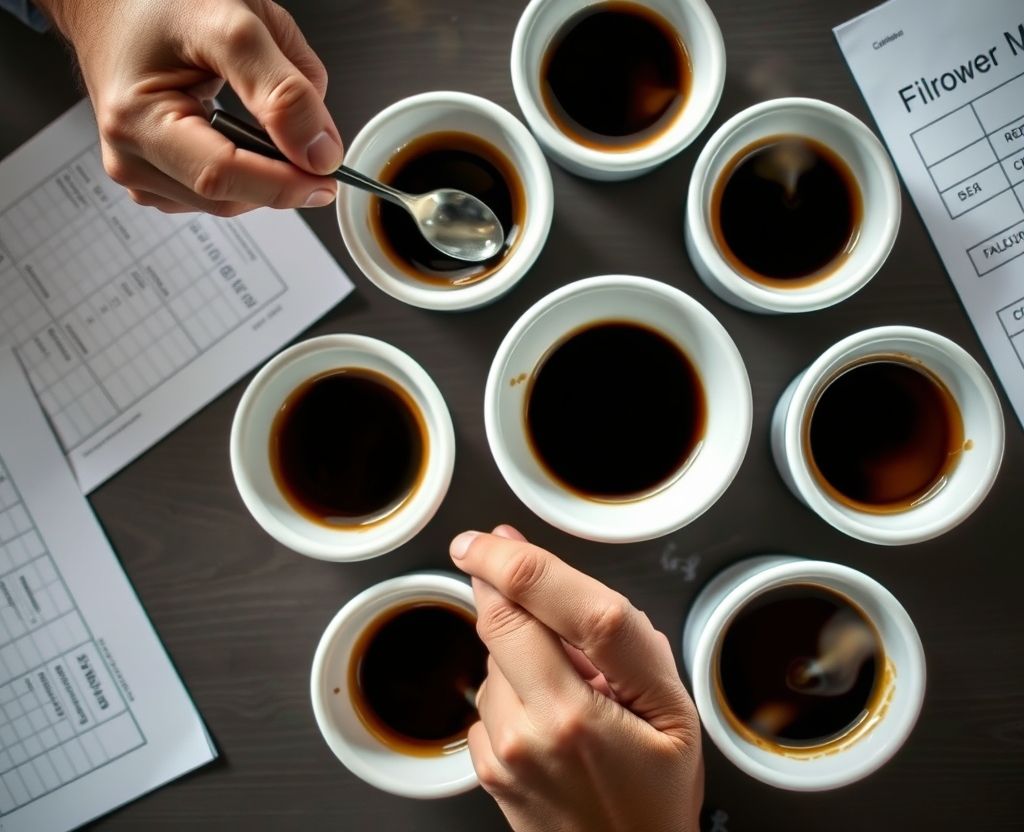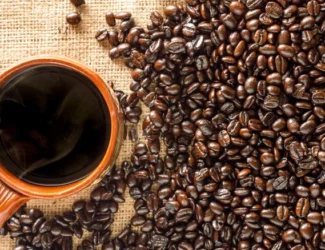
Barista Terminology | Episode 9: Sensory Evaluation
Tasting coffee is more than just a sip — it’s a professional process of assessing aroma, flavor, texture, and aftertaste. Sensory evaluation allows baristas to identify quality, detect defects, and appreciate the depth of a coffee’s profile. In this episode, we explore the essential sensory terms used to describe and evaluate coffee in the most refined way.
1. Aroma
The smell of brewed coffee. It includes notes like floral, fruity, nutty, spicy, caramel, and chocolate. Aroma gives the first impression of a coffee’s character.
2. Flavor
The overall combination of taste and aroma. A complete flavor profile considers acidity, sweetness, bitterness, and balance.
3. Acidity
Often misunderstood — acidity is a positive trait when it brings brightness and vibrancy to the cup. It can be described as crisp, lively, or juicy.
4. Sweetness
A natural taste that softens acidity and bitterness. Sweetness suggests proper ripening and careful processing.
5. Bitterness
A basic taste that can add depth when balanced but becomes unpleasant if overpowering. Often linked to dark roasts or over-extraction.
6. Balance
The harmony between acidity, sweetness, and bitterness. A balanced cup has no single dominant trait.
7. Complexity
Describes a coffee with multiple, distinct flavors that unfold over time — for example, a mix of berries, spices, and floral notes.
8. Body
The physical weight or texture of coffee in the mouth. It can be light, medium, or full-bodied.
9. Mouthfeel
The tactile experience of coffee on the palate — creamy, smooth, gritty, or watery.
10. Aftertaste
The flavor that remains after swallowing. Can be pleasant (sweet, clean) or undesirable (bitter, ashy).
11. Clarity
How distinctly the coffee’s flavors are perceived. High clarity reveals the true nature of the bean and origin.
12. Clean Aftertaste
A lingering finish that leaves no off-flavors. Indicates proper processing and brewing.
13. Intensity
Refers to the strength or vividness of the flavor. A high-intensity coffee is bold and expressive; low intensity may feel flat or muted.
14. Uniformity
Consistency across multiple cups or sips of the same brew. Important in cupping and quality control.
15. Defects
Unpleasant flavors like moldy, fermented, or rubbery notes. Usually caused by poor processing, storage, or roasting.
Related Stories:



